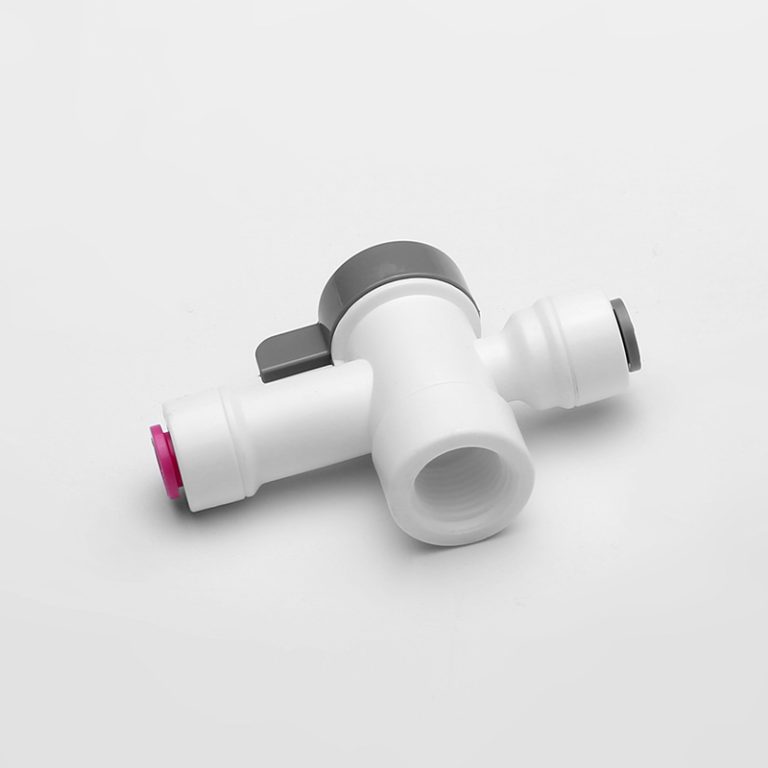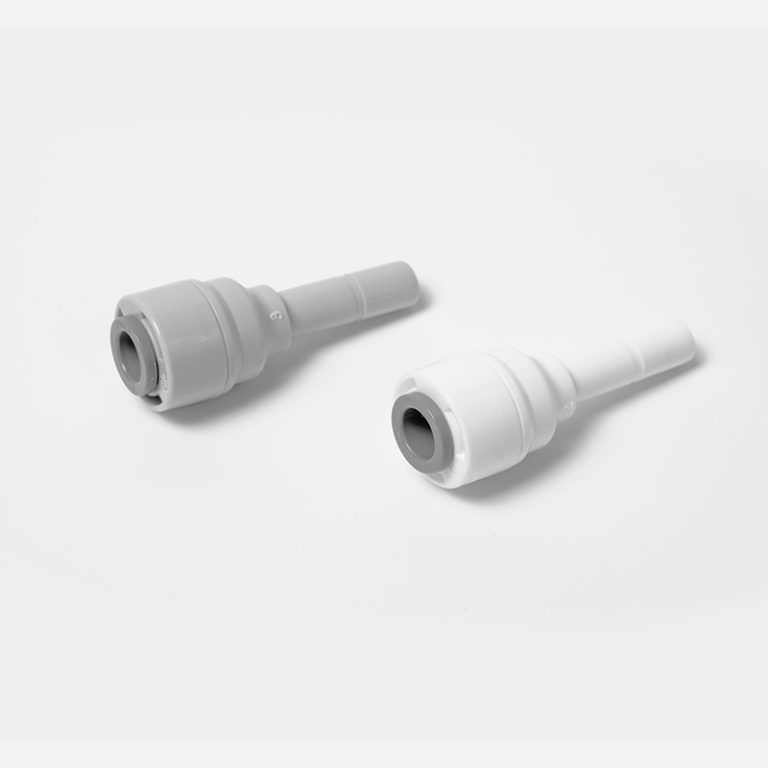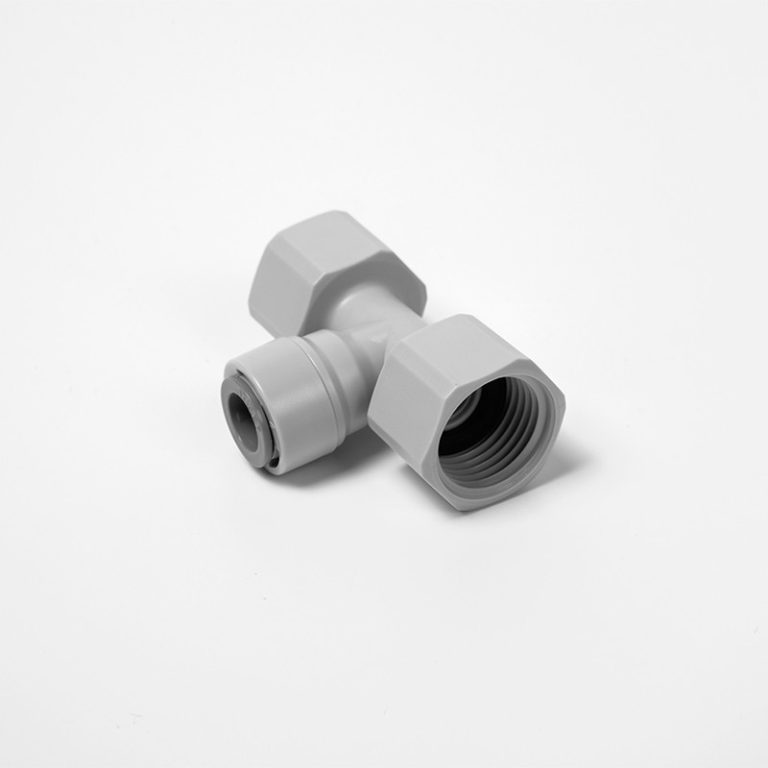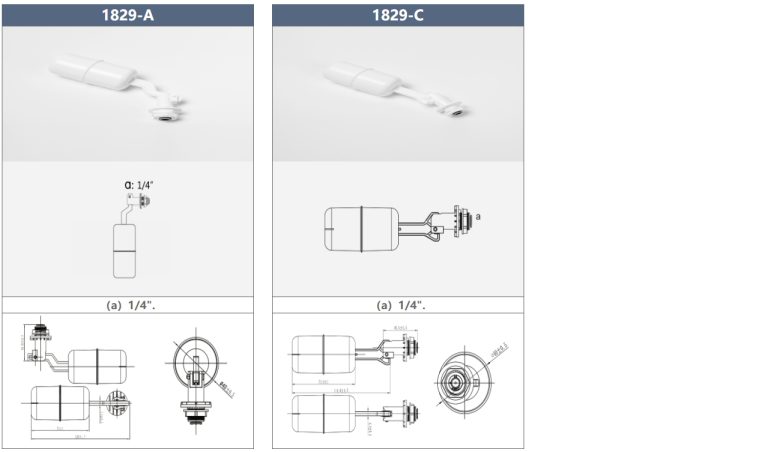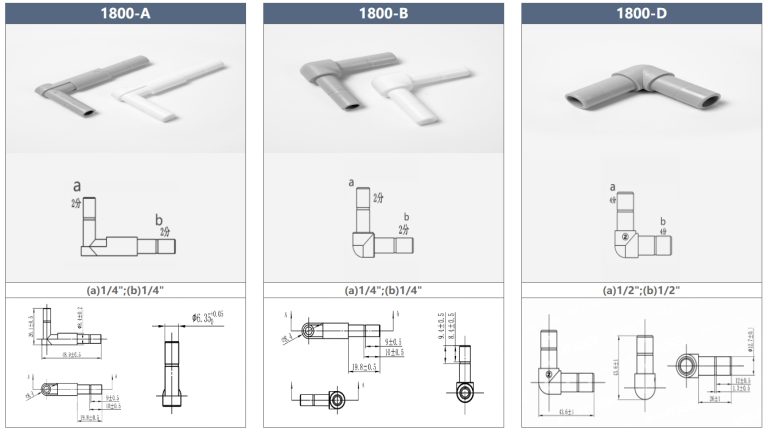Table of Contents
Pros and Cons of Using Push to Connect PVC Fittings
Push to connect PVC fittings have become increasingly popular in the plumbing industry due to their ease of use and quick installation process. These fittings are designed to allow for a secure and reliable connection without the need for any special tools or equipment. While push to connect PVC fittings offer many benefits, there are also some drawbacks to consider when using them in your plumbing projects.
One of the main advantages of push to connect PVC fittings is their simplicity. These fittings are designed to be easy to install, even for those with limited plumbing experience. With just a simple push, the fitting can be securely connected to the pipe, eliminating the need for soldering or gluing. This can save time and effort during the installation process, making push to connect fittings a popular choice for DIY enthusiasts and professional plumbers alike.
Another benefit of push to connect PVC fittings is their versatility. These fittings can be used in a wide range of applications, from residential plumbing projects to commercial installations. They are available in a variety of sizes and configurations, making it easy to find the right fitting for your specific needs. Whether you are connecting two pipes or creating a complex plumbing system, push to connect fittings can help you get the job done quickly and efficiently.
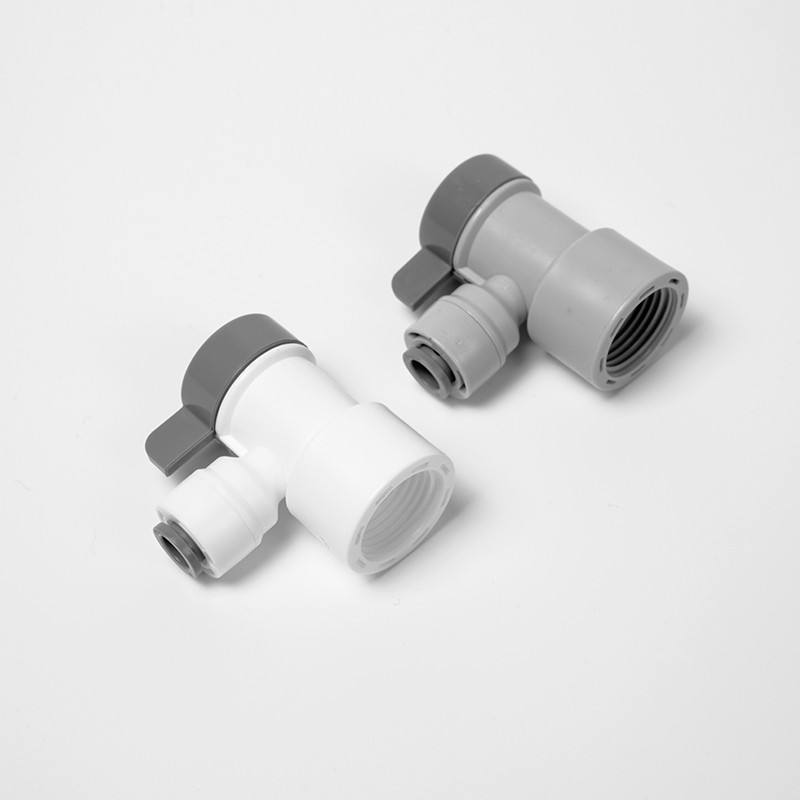
In addition to their ease of use and versatility, push to connect PVC fittings also offer a reliable and leak-free connection. These fittings are designed to create a tight seal between the pipe and fitting, preventing leaks and ensuring that your plumbing system operates smoothly. This can help to prevent costly water damage and repairs down the line, making push to connect fittings a smart choice for any plumbing project.
Despite their many benefits, push to connect PVC fittings do have some drawbacks that should be considered before using them in your plumbing projects. One of the main concerns with push to connect fittings is their durability. While these fittings are designed to provide a secure connection, they may not be as strong or long-lasting as traditional soldered or glued fittings. This can be a concern in high-pressure or high-temperature applications, where the fitting may be more prone to failure.
| Model | Tube(a) | Stem(b) |
|---|---|---|
| 1801-A | 1/4 | 1/4 |
| 1801-C | 1/4 | 3/20 |
Another potential drawback of push to connect PVC fittings is their cost. While these fittings are generally affordable and easy to find, they may be more expensive than traditional fittings in some cases. This can add up quickly if you are working on a large plumbing project or need to use a significant number of fittings. It is important to weigh the cost of push to connect fittings against their benefits to determine if they are the right choice for your specific needs.
In conclusion, push to connect PVC fittings offer many benefits for plumbing projects, including ease of use, versatility, and reliable connections. However, it is important to consider the potential drawbacks of these fittings, such as durability and cost, before deciding to use them in your plumbing system. By weighing the pros and cons of push to connect fittings, you can make an informed decision about whether they are the right choice for your next plumbing project.
Step-by-Step Guide on How to Install Push to Connect PVC Fittings
Push to connect PVC fittings are a convenient and efficient way to join PVC pipes without the need for glue or other adhesives. These fittings are designed to make installation quick and easy, saving you time and effort. In this step-by-step guide, we will walk you through the process of installing push to connect PVC fittings.
To begin, gather all the necessary materials and tools for the installation. You will need push to connect PVC fittings, PVC pipes, a pipe cutter, and a deburring tool. Make sure that the pipes are clean and free of any debris before starting the installation process.
The first step is to cut the PVC pipe to the desired length using a pipe cutter. Make sure to cut the pipe as straight as possible to ensure a proper fit with the push to connect fitting. Once the pipe is cut, use a deburring tool to remove any rough edges or burrs from the cut end of the pipe.
Next, insert the pipe into the push to connect fitting. Push the pipe into the fitting until it reaches the stop inside the fitting. You should feel some resistance as the pipe is pushed into place. Make sure that the pipe is fully inserted into the fitting to ensure a secure connection.
Once the pipe is in place, give it a slight tug to make sure it is securely connected to the fitting. If the pipe does not come loose, you have successfully installed the push to connect PVC fitting. Repeat this process for any additional fittings that need to be installed.
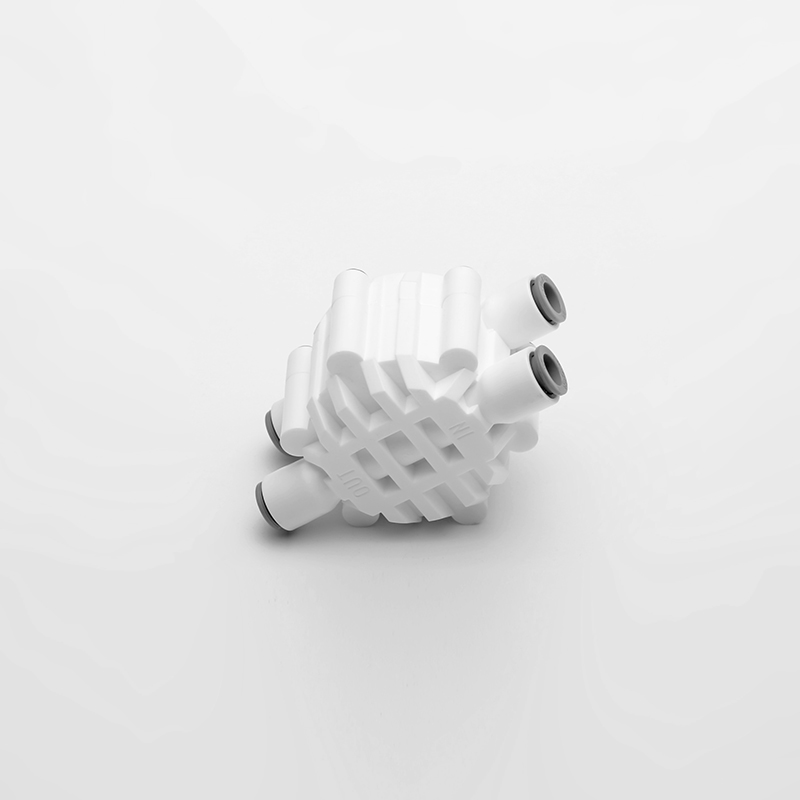
It is important to note that push to connect PVC fittings are not designed to be removed once they are installed. If you need to make any changes or adjustments to the piping system, you will need to cut the pipe and install a new fitting.
Push to connect PVC fittings are ideal for use in a variety of applications, including plumbing, irrigation, and other fluid handling systems. These fittings are designed to provide a leak-proof connection that is easy to install and requires no special tools or adhesives.
In conclusion, push to connect PVC fittings are a convenient and efficient way to join PVC pipes without the need for glue or other adhesives. By following the steps outlined in this guide, you can easily install push to connect fittings in your piping system. Remember to always use the proper tools and materials for the job to ensure a secure and leak-proof connection.
| Model | Tube(a) | Stem(b) |
|---|---|---|
| 1801-A | 1/4 | 1/4 |
| 1801-C | 1/4 | 3/26 |


